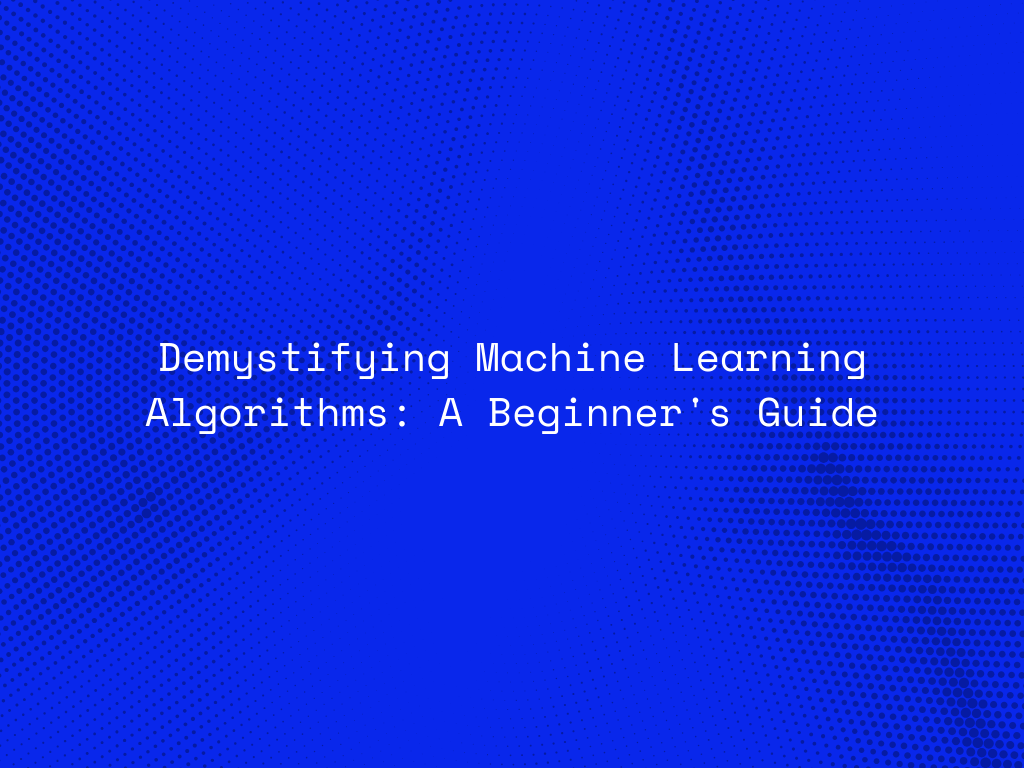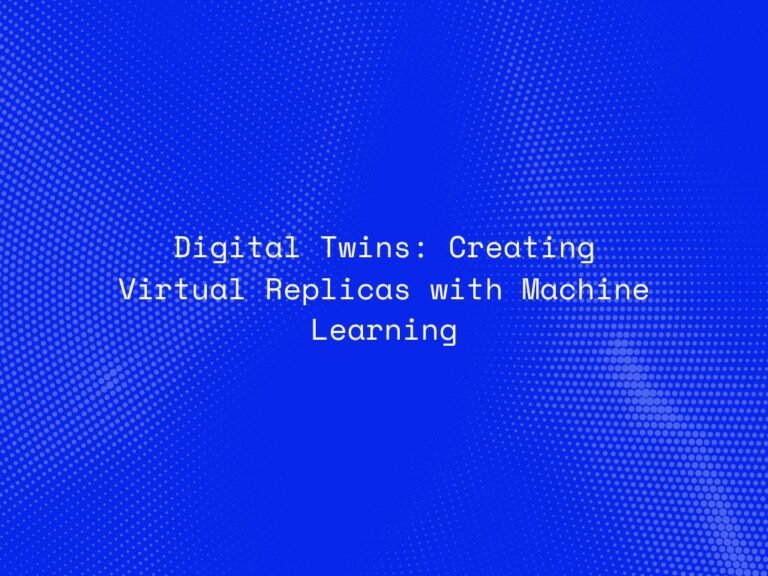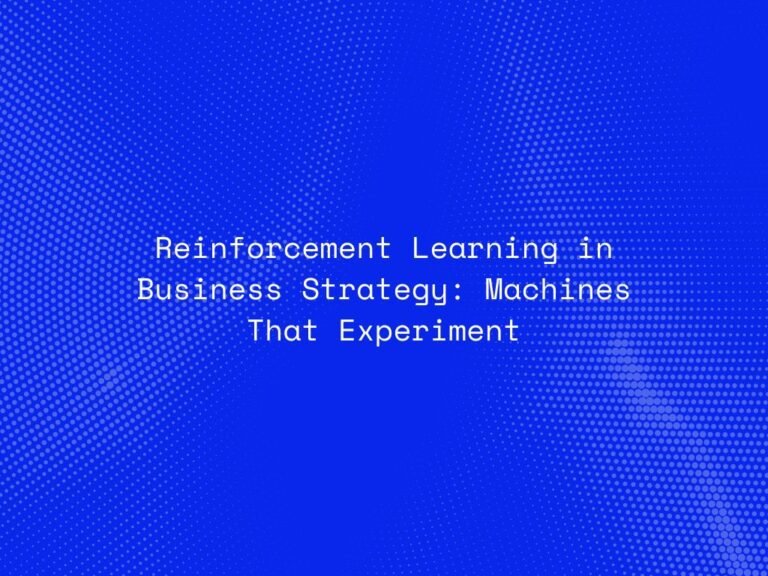Machine learning has become a buzzword in today’s tech-driven world, promising to revolutionize various industries with its predictive capabilities and data-driven insights. However, for beginners, understanding machine learning algorithms can be daunting and intimidating. In this beginner’s guide, we’ll demystify machine learning algorithms, breaking down complex concepts into simple terms and exploring the fundamentals of this transformative technology.
Understanding Machine Learning:
Machine learning, at its core, is a branch of artificial intelligence that allows systems to learn from data and come to conclusions or predictions without explicit programming. Machine learning algorithms examine patterns in data and use these patterns to forecast or make judgments rather than depending on pre-established guidelines or instructions. What distinguishes machine learning from conventional programming methods is its capacity to learn from experience and get better at it.
Types of Machine Learning Algorithms:
Machine learning algorithms can be broadly categorized into three main types: supervised learning, unsupervised learning, and reinforcement learning.
1. Supervised Learning:
In supervised learning, the algorithm is trained on labeled data, where each data point is associated with a corresponding label or outcome. The goal is to learn a mapping from input features to output labels, allowing the algorithm to make predictions on unseen data. Common supervised learning tasks include classification, where the algorithm predicts a discrete label (e.g., spam detection), and regression, where the algorithm predicts a continuous value (e.g., house prices).
2. Unsupervised Learning:
The system is trained on unidentified data—data that lacks explicit labels or outcomes—in unsupervised learning. Rather, the algorithm looks for underlying structures or patterns in the data, including associations or clusters. Typical unsupervised learning tasks include dimensionality reduction, which lowers the quantity of input features while maintaining critical information, and clustering, which puts together comparable data points using an algorithm.
3. Reinforcement Learning:
In reinforcement learning, the algorithm learns by interacting with an environment and receiving feedback in the form of rewards or penalties. The goal is to learn a policy that maximizes cumulative rewards over time. Reinforcement learning is commonly used in applications such as game playing, robotics, and autonomous vehicle control.
Common Machine Learning Algorithms:
Within each type of machine learning, there are numerous algorithms, each with its own strengths, weaknesses, and applications. Some common machine learning algorithms include:
– Supervised Learning: Linear Regression, Logistic Regression, Decision Trees, Random Forests, Support Vector Machines (SVM), k-Nearest Neighbors (k-NN), Neural Networks.
– Unsupervised Learning: K-means Clustering, Hierarchical Clustering, Principal Component Analysis (PCA), t-Distributed Stochastic Neighbor Embedding (t-SNE), Autoencoders.
– Reinforcement Learning: Q-Learning, Deep Q-Networks (DQN), Policy Gradient Methods.
Choosing the Right Algorithm:
Selecting the right machine learning algorithm depends on various factors, including the nature of the problem, the type and size of the data, and the desired outcomes. It often involves experimentation and iterative refinement to determine which algorithm performs best for a given task.
Conclusion:
Machine learning algorithms are powerful tools that enable computers to learn from data and make predictions or decisions without explicit programming. By understanding the fundamentals of machine learning, beginners can gain insight into how these algorithms work and how they can be applied to solve real-world problems. While mastering machine learning requires dedication and practice, starting with the basics and gradually building knowledge and experience can pave the way to success in this exciting field.




